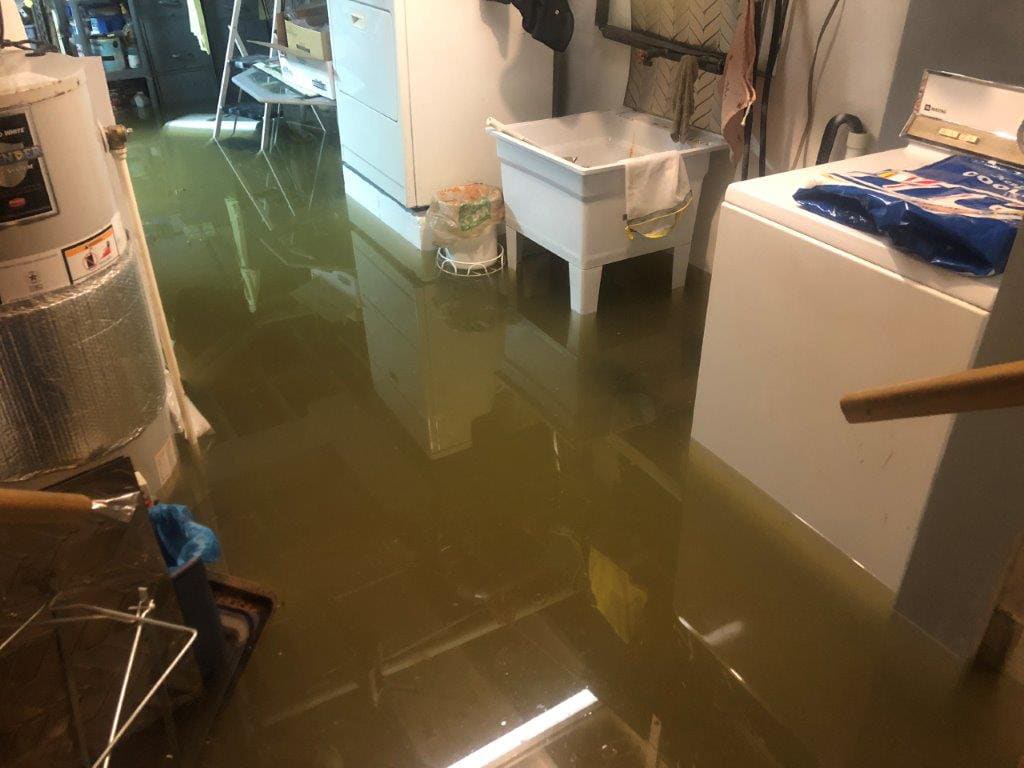Effective Water Reduction Strategies You Need to Know
Water damage can be a disruptive and pricey concern for home owners, making it important to be fluent in efficient water mitigation methods. From very early detection and inspection to reliable water extraction techniques and detailed drying out methods, there are crucial steps to take in mitigating water damages. It is not just concerning dealing with the noticeable effects of water invasion yet additionally avoiding lasting problems like mold development and making certain correct structural repair and restoration. Recognizing these methods is crucial for any type of individual or company looking to safeguard their building and decrease the effect of water damages.

Very Early Discovery and Examination
Very early detection and inspection are vital steps in the process of water reduction to recognize and address prospective sources of water damages without delay. Recognizing these problems early on can protect against more acceleration of water damage, ultimately saving time and resources in the mitigation process.
Moreover, very early detection permits speedy action to be taken in drying out influenced areas and applying necessary fixings to avoid mold and mildew growth, structural wear and tear, and various other lasting consequences of water damage. Prompt treatment not just reduces the immediate influence of water breach but likewise assists in preserving the integrity and security of the residential property in the future. As a result, focusing on early discovery and examination as basic components of water mitigation techniques is essential for efficient troubleshooting and restoration initiatives.
Reliable Water Removal Methods
Detection and assessment are essential action in any type of water reduction process, laying the foundation for effective water extraction methods to quickly eliminate excess water from affected areas. Once the degree of water damage is evaluated, it is important to utilize effective removal strategies promptly. Water removal can be attained with various approaches, consisting of using effective pumps, wet vacuums, and dehumidifiers.
Expert water mitigation groups often use submersible pumps to swiftly get rid of huge amounts of water from the properties. These pumps can removing water at a quick pace, lessening the threat of further damage to the property. Wet vacuums are likewise frequently utilized to target smaller locations or hard-to-reach spaces where standing water lingers.
Additionally, dehumidifiers play a vital role in the water removal process by lowering wetness degrees in the air and increasing the total drying out time - flooded basement cleanup ballston spa ny. By integrating these extraction approaches strategically, water reduction experts can effectively extract water, mitigate damage, and protect against mold and mildew growth, ultimately restoring the affected location to its pre-loss problem
Thorough Drying Methods
To guarantee extensive water damage mitigation, extensive drying out methods are crucial in getting rid of residual wetness and stopping prospective architectural issues. After water removal, the emphasis moves to drying the affected areas completely. One reliable method is the usage of industrial-grade dehumidifiers to minimize humidity levels, aiding in the evaporation of moisture from products and surface areas. Correct air flow is vital for drying out, and professionals may purposefully position air moving companies to enhance circulation and speed up the drying out process.
In situations of water damage, porous products like drywall and carpeting can catch wetness, leading to mold and mildew development and architectural weakening if not appropriately dried out. To resolve this, experts may make use of specialized devices such as dampness meters to gauge wetness degrees within materials, guaranteeing complete drying. Furthermore, the removal of baseboards or piercing tiny openings in wall surfaces may assist in drying in wall cavities where dampness can linger unnoticed.
Mold And Mildew Avoidance and Remediation
Adhering to the extensive drying techniques in water reduction, the emphasis now moves in the direction of resolving mold avoidance and remediation to safeguard against prospective carcinogen and structural damages. Mold can rapidly develop in locations influenced by water damage, presenting severe wellness threats and compromising the honesty of the structure. To stop mold and mildew development, it is vital to immediately get rid of any water-damaged materials, along with extensively clean and sanitize the affected locations. Correct air flow and dehumidification likewise play key duties in mold and mildew avoidance by decreasing moisture levels that advertise mold and mildew development.
In situations where mold and mildew has actually currently created, quick removal is necessary. This procedure entails the careful removal and disposal of mold-infested products, complied with by extensive cleaning and disinfection of the location to stop regrowth. It is very important to resolve mold and mildew concerns without delay and successfully to avoid further damage and guarantee the safety of residents. Specialist mold remediation solutions might be needed for substantial mold and mildew invasions to make certain risk-free and comprehensive elimination. By executing these mold avoidance and removal methods, the threats connected with water damage can be significantly decreased.
Structural Repair Work and Reconstruction

Restoration efforts commonly extend past structural fixings to include aesthetic enhancements. Painting wall surfaces, replacing floor covering, and resolving the original source any type of noticeable water spots prevail techniques. It is vital to not just fix the architectural damage however additionally to bring back the aesthetic appeals of the room. Additionally, dealing with any kind of lingering moisture problems and ensuring appropriate ventilation can aid prevent future architectural damage and mold development. By immediately and effectively attending to structural issues post-water damage, homeowner can guard their structures and restore them to their pre-damage problem.
Verdict
Finally, reliable water mitigation methods such as very early discovery, reliable water extraction, comprehensive drying out, mold and mildew avoidance, and structural repair are crucial in reducing damage and restoring affected areas (flooded basement cleanup ballston spa ny). By adhering to these actions diligently, home proprietors can alleviate the effect of water damage and protect against further problems such as mold development. It is necessary to act quickly and use these techniques to make sure a successful water mitigation process
Water damages can be a turbulent and expensive problem for home proprietors, making it important to be well-versed in efficient water reduction methods. From early detection and inspection to reliable water removal approaches and complete drying methods, there are essential actions to take in mitigating water damage.Early detection and inspection are essential steps in the procedure of water mitigation to recognize and address prospective resources of water damage immediately.Detection official source and evaluation are important steps in any type of water reduction procedure, laying the foundation for efficient water extraction methods to swiftly eliminate excess water from impacted areas.In final thought, effective water mitigation strategies such as early detection, efficient water removal, extensive drying, mold avoidance, and structural repair are important in decreasing damages and recovering influenced areas.
 Daniel Stern Then & Now!
Daniel Stern Then & Now! Michelle Pfeiffer Then & Now!
Michelle Pfeiffer Then & Now! Jurnee Smollett Then & Now!
Jurnee Smollett Then & Now! Sam Woods Then & Now!
Sam Woods Then & Now! Bill Cosby Then & Now!
Bill Cosby Then & Now!